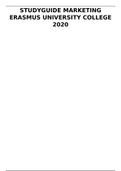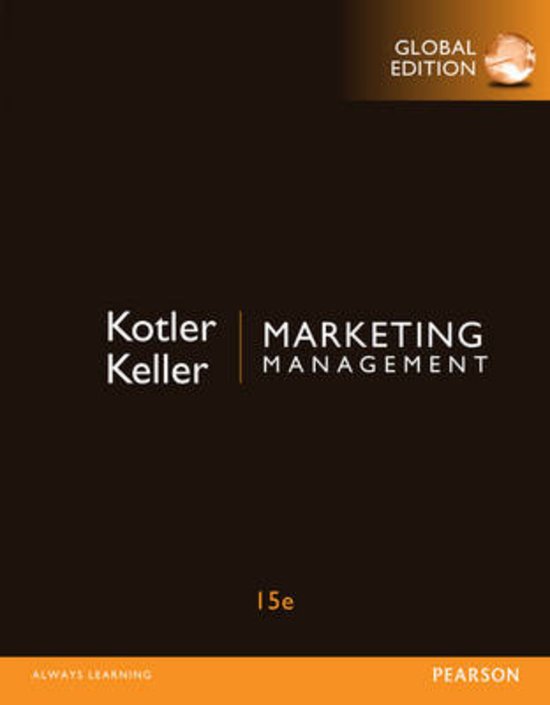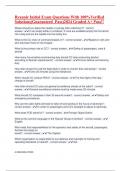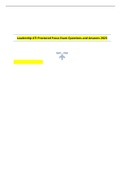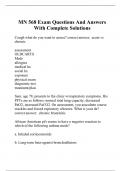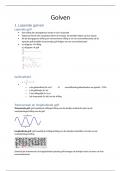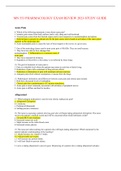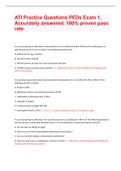Samenvatting
STUDY GUIDE MARKETING ERASMUS UNIVERSITY COLLEGE 2020 Marketing Management Kotler and Keller, Samenvatting, Summary
This study guide will help you with the course Marketing at EUC. It is therefore designed specifically for EUC students. Good luck with your exams! It is based on the book Marketing Management from Kotler and Ketler 15th edition. Chapter 1, 2, 3, 4, 5, 6, 8, 9, 10, 11, 13, 16, 19, 20 are the chap...
[Meer zien]
